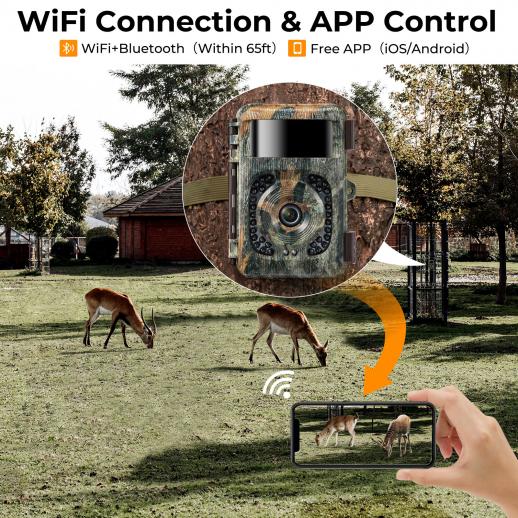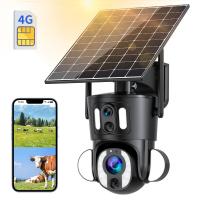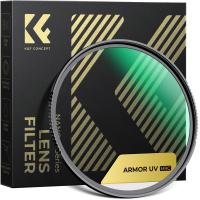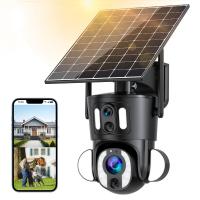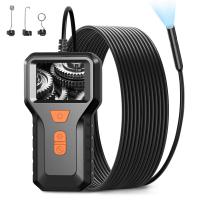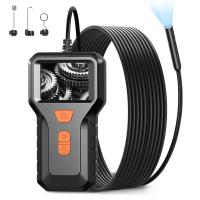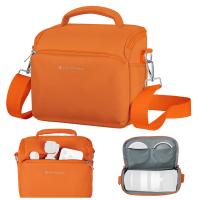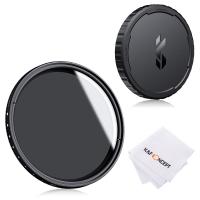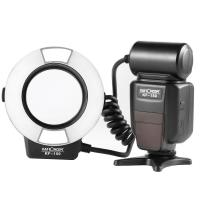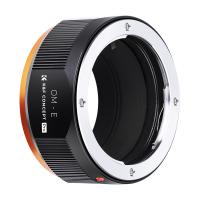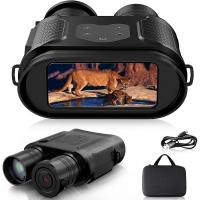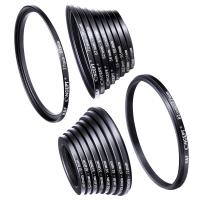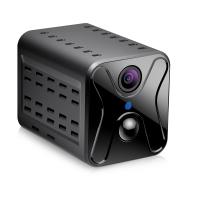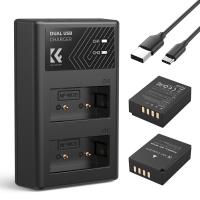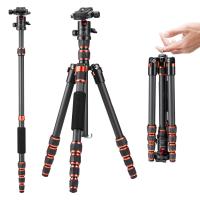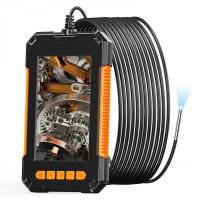Trigger Interval Trail Camera
- 00 days
- :
- 15 hours
- :
- 45 min
- :
- 32 sec
- * KF35.133 =KF35.127S1=KF35.127V1+KF28.0011*2+KF42.0013 Fast Trigger Interval: Captures every moment with 0.3s trigger interval:The trigger interval of this trail camera is 0.3 seconds, which means that it can capture every moment without missing any details. This is especially important when capturing fast-moving animals or objects.
- * Wide PIR Sensing Angle: Covers a larger area with 120-degree PIR sensing angle:The PIR sensing angle of this trail camera is 120 degrees, which means that it can cover a larger area and detect more movements. This is especially useful when monitoring a large area or when trying to capture animals that move around a lot.
- * Easy Link Method: Connects easily with Bluetooth switch camera WIFI:This trail camera can be easily connected to other devices using Bluetooth or WIFI. This makes it easy to transfer photos and videos to your phone or computer, or to control the camera remotely.
- * High-Quality File Formats: Saves photos and videos in JPEG/AVI formats:The trail camera saves photos and videos in high-quality JPEG and AVI formats. This ensures that your photos and videos are clear and detailed, and can be easily viewed and shared with others.
- * Loop Recording Support: Records continuously with loop recording support:This trail camera supports loop recording, which means that it can record continuously without running out of storage space. This is especially useful when monitoring an area for a long period of time, as you don't have to worry about running out of storage space.
2. Wholesale OFF: $200 OFF Over $1000
A trigger interval is the time delay between two consecutive photos taken by a trail camera. Trail cameras are designed to capture images of wildlife or other objects in remote areas. They are equipped with motion sensors that detect movement and trigger the camera to take a photo or video. The trigger interval can be adjusted to control the frequency of photos taken. A shorter interval will result in more photos being taken, while a longer interval will conserve battery life and memory space.
Trail cameras are commonly used by hunters, wildlife researchers, and outdoor enthusiasts to monitor animal activity and behavior. They are also used for security purposes to monitor remote areas for trespassers or intruders. The trigger interval is an important feature to consider when selecting a trail camera, as it can affect the quality and quantity of images captured. Some trail cameras offer customizable trigger intervals, allowing users to adjust the frequency of photos taken based on their specific needs and preferences.

Product features:
1. Adjustable Trigger Interval: A trail camera with an adjustable trigger interval feature allows users to set the time interval between two consecutive photos. This feature is useful for capturing multiple images of a moving subject, such as wildlife, without filling up the memory card with redundant photos.
2. High-Resolution Image Sensor: A high-resolution image sensor is essential for capturing clear and detailed images. A trail camera with a high-resolution image sensor can capture images with a resolution of 12MP or higher, which is ideal for wildlife photography.
3. Infrared Flash: An infrared flash is a must-have feature for trail cameras as it allows users to capture images in low-light conditions without spooking the wildlife. The infrared flash emits a low glow that is invisible to animals, making it an ideal choice for capturing nocturnal animals.
4. Weatherproof Design: A trail camera should be designed to withstand harsh weather conditions, including rain, snow, and extreme temperatures. A weatherproof design ensures that the camera remains functional even in adverse weather conditions.
5. Wireless Connectivity: A trail camera with wireless connectivity allows users to remotely access the camera's images and settings. This feature is useful for monitoring wildlife activity in real-time and adjusting the camera's settings accordingly.
6. Long Battery Life: A trail camera with a long battery life is essential for capturing images over an extended period. A camera with a battery life of six months or more ensures that users do not miss any wildlife activity due to a dead battery.
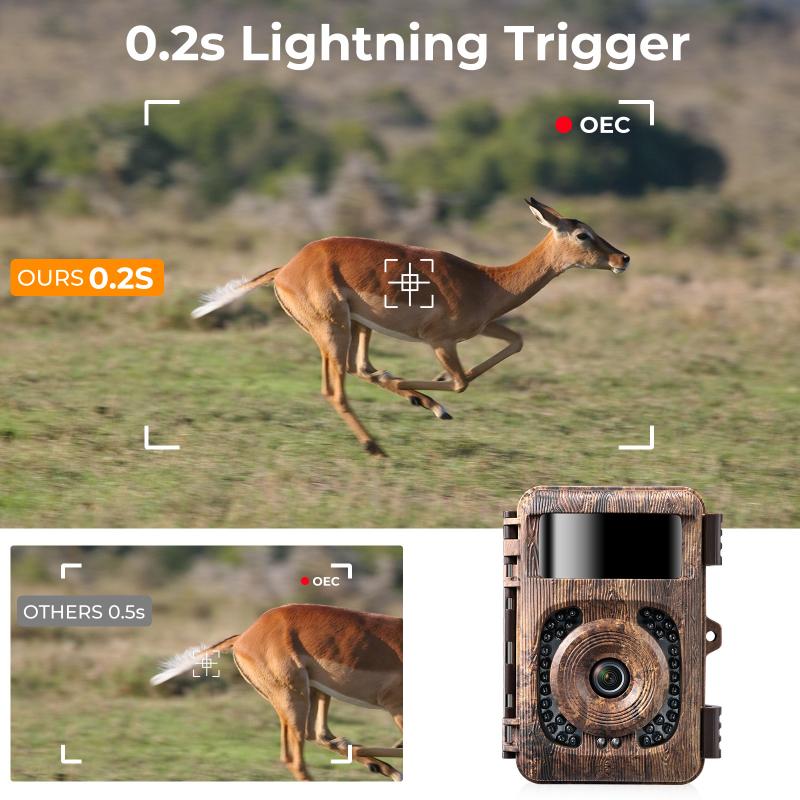
Application Scenarios:
1. Wildlife Monitoring: A trigger interval trail camera can be used to monitor wildlife in their natural habitat. The camera can be set up in a remote location and programmed to take pictures at specific intervals. This can help researchers and conservationists to study animal behavior, migration patterns, and population dynamics.
2. Security Surveillance: A trigger interval trail camera can also be used for security surveillance. The camera can be set up in a remote location to monitor a property or area for any suspicious activity. The camera can be programmed to take pictures at specific intervals, which can help to capture any potential intruders or criminals.
3. Construction Site Monitoring: A trigger interval trail camera can be used to monitor construction sites. The camera can be set up to take pictures at specific intervals to document the progress of the construction project. This can help to ensure that the project is on schedule and that all safety protocols are being followed.
4. Weather Monitoring: A trigger interval trail camera can be used to monitor weather conditions. The camera can be set up in a remote location to capture pictures of the sky at specific intervals. This can help meteorologists to study weather patterns and make more accurate weather forecasts.
5. Agriculture Monitoring: A trigger interval trail camera can be used to monitor crops and livestock. The camera can be set up to take pictures at specific intervals to monitor the growth and health of crops, as well as the behavior and health of livestock. This can help farmers to make more informed decisions about their operations.
6. Scientific Research: A trigger interval trail camera can be used for scientific research. The camera can be set up in a remote location to capture pictures of natural phenomena at specific intervals. This can help scientists to study natural processes such as erosion, plant growth, and climate change.
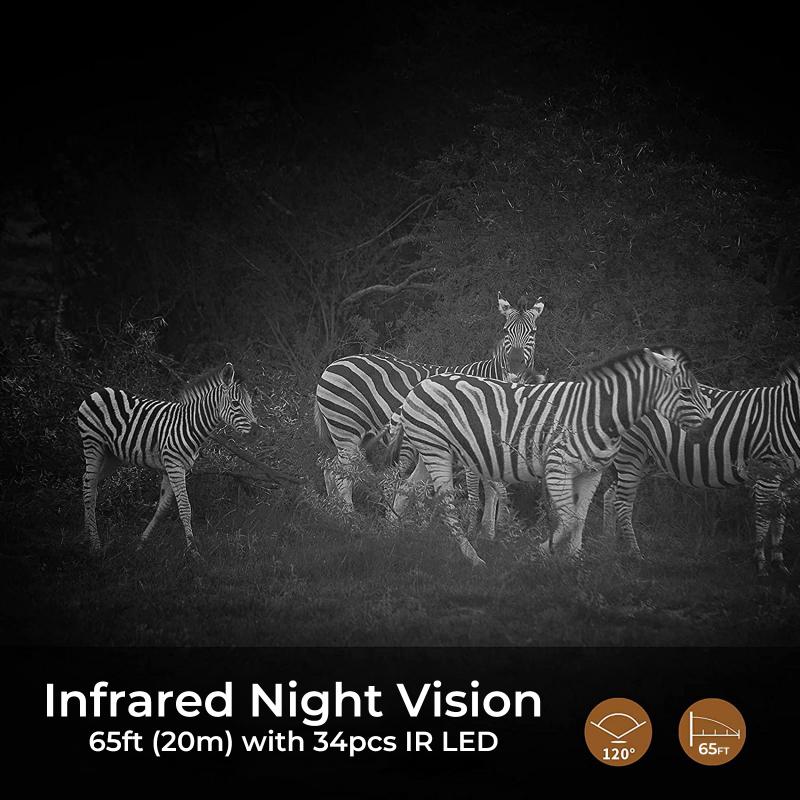
Common problems:
Error 1: The camera is not taking pictures at the set interval.
Solution: Check the camera settings to ensure that the trigger interval is set correctly. If the settings are correct, try resetting the camera to its default settings. If the problem persists, contact the manufacturer for further assistance.
Error 2: The camera is taking too many pictures at the set interval.
Solution: Check the camera settings to ensure that the trigger interval is set correctly. If the settings are correct, try resetting the camera to its default settings. If the problem persists, contact the manufacturer for further assistance.
Error 3: The camera is not triggering at all.
Solution: Check the camera settings to ensure that the trigger interval is set correctly. If the settings are correct, check the battery level and replace the batteries if necessary. If the problem persists, contact the manufacturer for further assistance.
Error 4: The camera is triggering too frequently.
Solution: Check the camera settings to ensure that the trigger interval is set correctly. If the settings are correct, try resetting the camera to its default settings. If the problem persists, contact the manufacturer for further assistance.
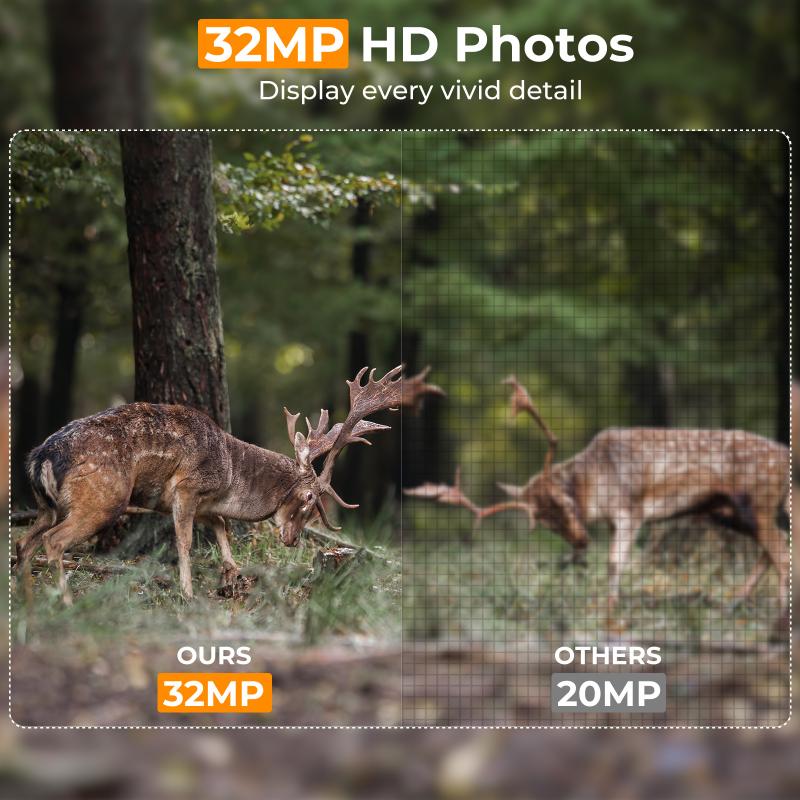
Related accessories:
1. SD Card: A high-capacity SD card is an essential accessory for a trigger interval trail camera. It allows you to store a large number of images and videos captured by the camera. A 64GB or 128GB SD card is recommended for this purpose.
2. External Battery Pack: A trigger interval trail camera requires a lot of power to operate, especially if you plan to leave it in the field for an extended period. An external battery pack can provide additional power to the camera, ensuring that it remains operational for longer periods.
3. Security Box: A security box is an essential accessory for a trigger interval trail camera, especially if you plan to leave it in the field for an extended period. It protects the camera from theft and damage caused by animals or weather conditions.
4. Mounting Bracket: A mounting bracket is necessary to secure the camera in place and ensure that it captures the desired images and videos. It allows you to adjust the camera's angle and position, ensuring that it captures the desired images and videos.
5. Solar Panel: A solar panel is an excellent accessory for a trigger interval trail camera, especially if you plan to leave it in the field for an extended period. It provides a continuous source of power to the camera, ensuring that it remains operational even in remote locations without access to electricity.

Product parameters:
Photo resolution : 16M:5376x3024
LCD display : 2.0" IPS 320×240(RGB) DOT
APP name : TrailCamera Wifi
Loop recording : Support
Link method : Bluetooth switch camera WIFI
Operating temperature : -20 - 60°C
Infrared filter unit : Fully automatic
PIR sensing angle : 120 degrees
File formats : JPEG/AVI
Area of use : unlimited
- All Reviews
- Image

